Pub management. Are you thinking of opening a pub but don’t know where to start or what the management is? Here are some tips.
Pub management
The pub is a model of local origin of Great Britain and Ireland. Read more
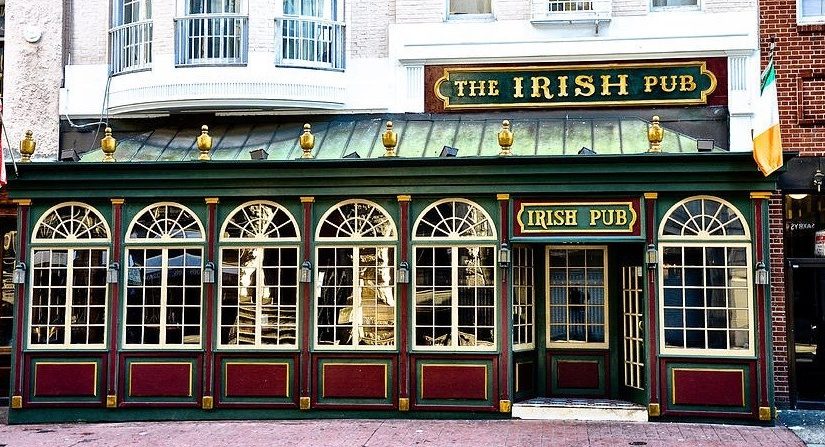
Pub management. Are you thinking of opening a pub but don’t know where to start or what the management is? Here are some tips.
Pub management
The pub is a model of local origin of Great Britain and Ireland. Read more
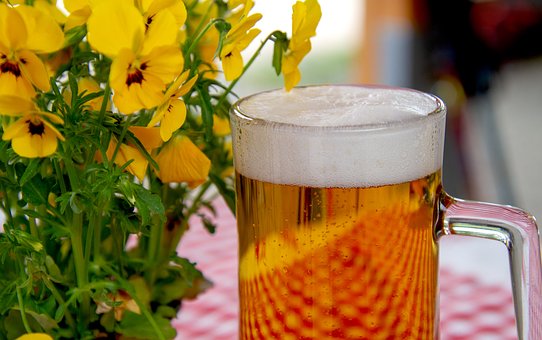
Brewery. Do you have some money aside? Would you like to run a place where people meet to hang out and have a good sandwich? Opening a brewery could prove to be the right activity for you.
Here is Read more
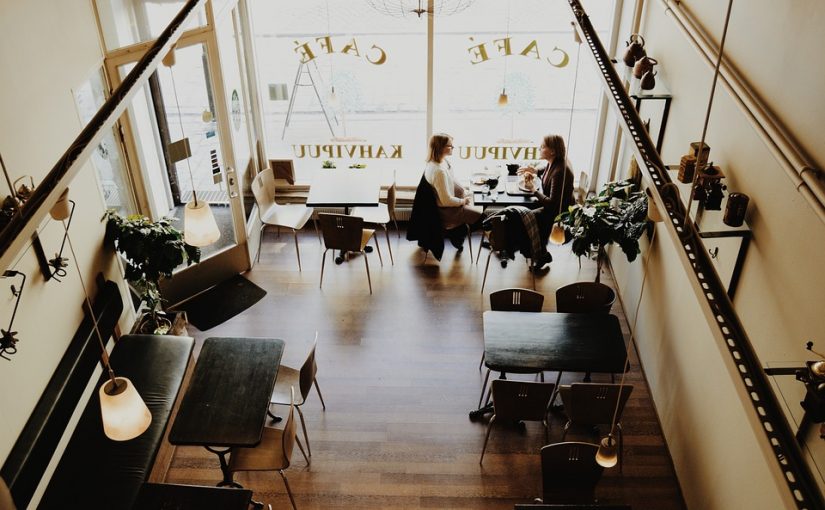
Open a bar: Do you want to feel like at home while you work? Make your own space by opening a successful bar! In this guide I will give you useful information to start this stimulating activity!
Choice of Read more
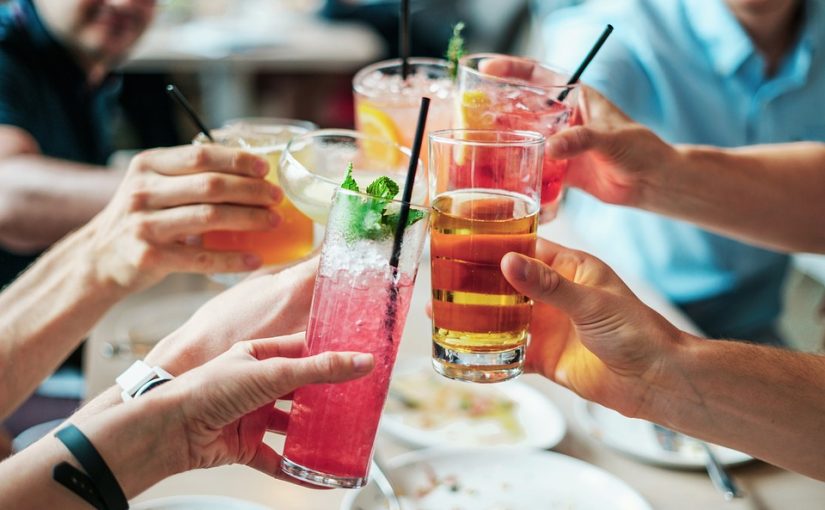
Cocktails. Are you a restaurateur, a bartender or a waiter? Show some cultural notion on what you serve is a great way to make a good impression in front of a customer and to give a more professional image Read more
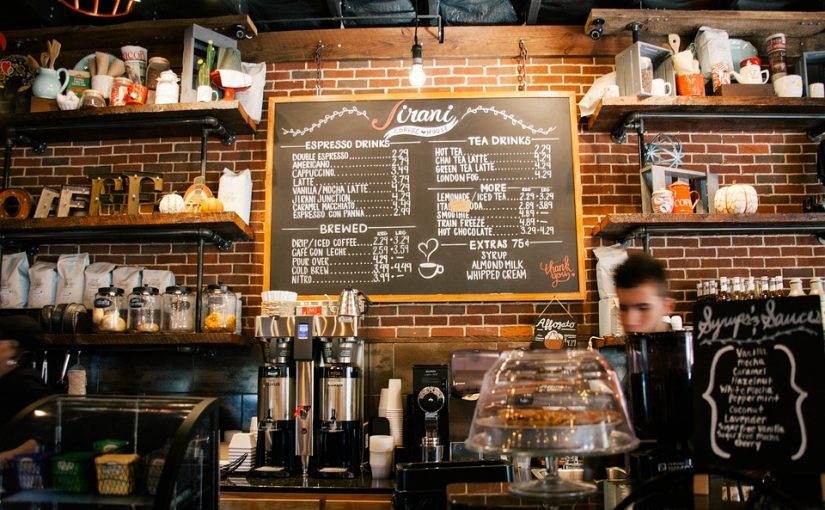
Open a bar. Are you thinking of setting up on your own to give a quality leap to your life? Or have you already started an activity in the sector and do you need to find some motivation again? Read more
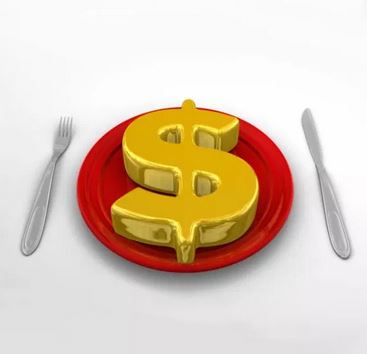
The price of food and drink must be well thought out.
The cost of food and drink in a restaurant is an important part of what you pay. A good thought goes as things should cost, and prices are carefully Read more
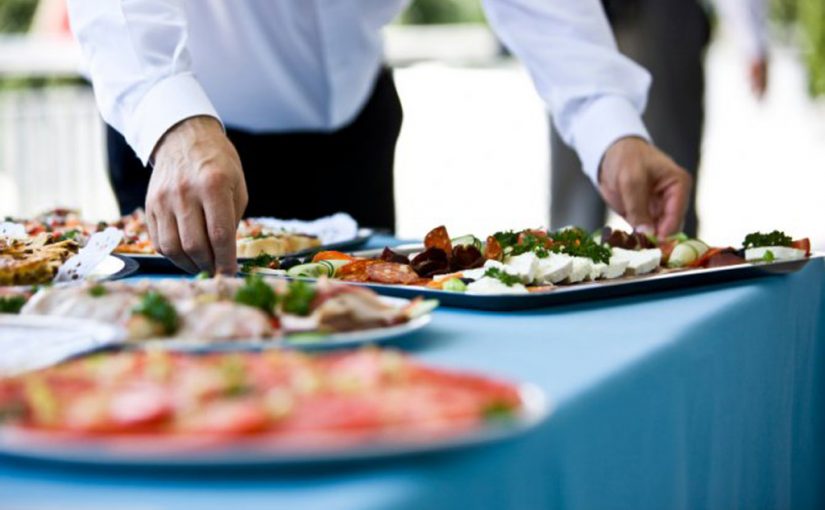
Catering with direct administration. One of the most important working sectors, as well as it is discussed, is certainly that of catering. There are many people who dream to work or invest as entrepreneurs in this Read more

How to serve alcohol responsibly. Many guests spend their holidays with family and friends, and alcohol is often part of the celebrations. When people get caught up in the exciting moment, they can consume too much alcohol.
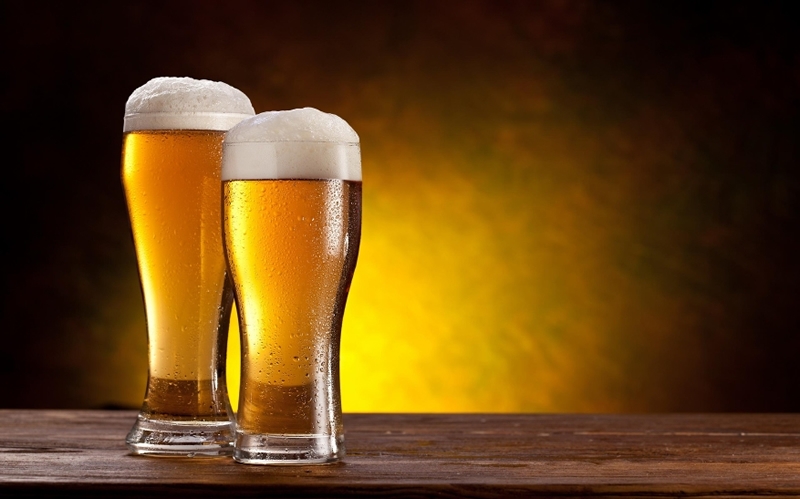
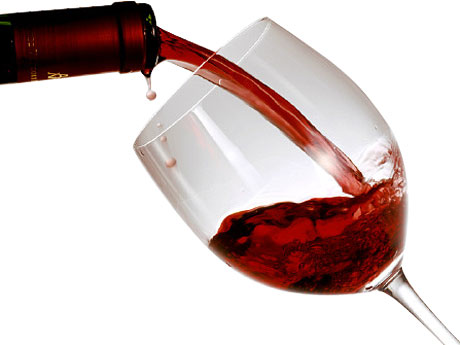
Wine tasting dinner. Wine is an alcoholic beverage that never goes out of fashion. A wine tasting dinner is a popular and promotional event to try at your restaurant. The Wine Tasting Restaurant offers the opportunity to encourage businesses, Read more
